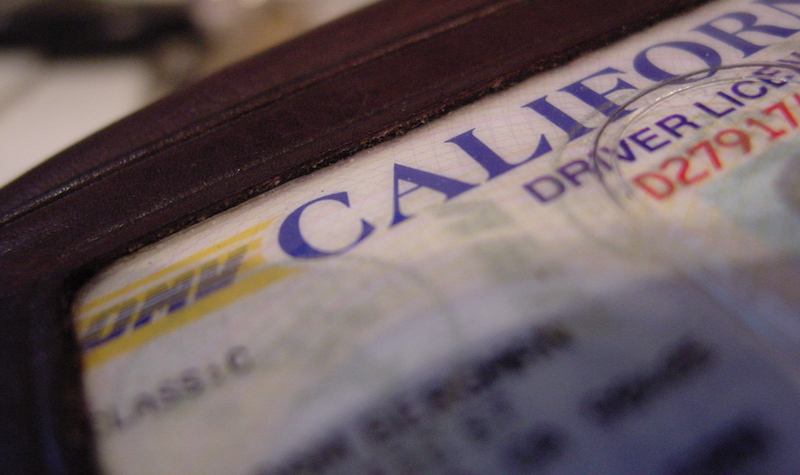
Scholar argues for simpler processes to change gender on identification cards.
Imagine having two legal government-issued identification (ID) cards, but one identifies you as “male” and the other as “female.” This is often the case for individuals whose gender identity does not match their gender assigned at birth.
Yet according to a recent paper by attorney Megan Brodie Maier, too many states make it nearly impossible to change gender on state-issued ID cards. Maier argues that state agencies should simplify the process to allow individuals to change their gender markers.
Maier explains that gender identity is distinct from a person’s sex, but the two are often conflated. The term “transgender” refers to individuals whose gender identity is different from the gender traditionally associated with the sex they are assigned at birth. Gender nonbinary or gender nonconforming refers to individuals whose gender identity does not match the standard binary of male–female and man–woman. Nonbinary individuals may identify as transgender, both genders, neither gender, or gender fluid, Maier further explains. Gender can be understood as a spectrum, and “transgender” and “gender nonconforming” mean different things for different people.
Transgender individuals, especially trans women of color, are more likely to experience discrimination and violence. They face greater obstacles in finding housing and employment, obtaining public benefits, and accessing medical care. In one study, 30 percent of respondents were fired from their jobs or denied promotions because of their transgender identity.
Many transgender individuals choose to keep their transgender status private because they are more likely to experience violence as a result of their identity. One study found that a majority of respondents whose peers perceived them as transgender experienced some form of mistreatment during grade school, ranging from verbal harassment to physical violence.
Creating barriers for transgender individuals to change their gender markers can make it difficult to identify transgender individuals based on their state-issued ID. Transgender persons’ current physical features may no longer match the physical features typically associated with the gender marker on their ID. Maier argues that this mismatch can cause confusion and unwittingly disclose their transgender status—a deeply private fact that can endanger the person’s physical safety.
Consider a person who identifies as a woman, but whose state-issued ID says she is a man. If she shows her ID to someone, that person will likely realize that she is transgender based on the mismatch of her appearance and her gender marker.
The degree of difficulty in changing a gender marker on a government-issued ID depends on the state, Maier explains. States such as Alabama require gender reassignment surgery—an expensive and invasive procedure—before individuals can change their gender markers. Conversely, to change the gender marker on a driver’s license in Oregon, a person only needs to complete a simple form and pay a renewal fee. Other states, such as Montana, require a letter from a doctor certifying a change in gender identity.
Maier argues that when states have rules that are more restrictive than those in Oregon, the states are creating major barriers for transgender and nonbinary individuals to have their state-issued ID match their gender identity. Maier explains that these barriers can have negative physical and psychological impacts on affected individuals.
Furthermore, by not allowing people to change their gender markers easily, the state does not serve its interest of preventing fraud by identifying individuals through their ID cards, Maier argues. As a result of these restrictive policies, a person’s appearance may not align with the gender marker on that person’s ID card. A person may even have multiple IDs with different gender markers. The U.S. Department of State, for instance, does not require proof of surgery to change the gender marker on a U.S. passport. Therefore, Maier explains, a transgender person living in Alabama—where surgery is required to change the gender marker on a driver’s license—could have a driver’s license and a U.S. passport with different gender markers.
Heavy burdens to changing gender markers on identification documents can also implicate constitutionally protected rights. For instance, an appellate court held that unnecessary disclosure of individuals’ transgender status violates their constitutional right to privacy. The court recognized that a person’s transgender status is of an “excruciatingly private and intimate nature,” and a person’s choice to preserve privacy of their status “is really beyond debate.”
Maier maintains that “identity documents do not define gender identity—they merely disclose it,” and there is no reason to require people to undergo therapy or surgery to recognize their gender identities legally. Maier argues that the interests of governments in issuing ID cards are not served by creating obstacles to changing gender markers. Moreover, Maier suggests that, in creating obstacles, governments are violating individuals’ rights.
Maier urges the government to simplify procedures to allow transgender and nonbinary individuals to change the gender marker on their identification documents without unnecessary obstacles—a proposal the American Civil Liberties Union (ACLU) recently pressured the Biden Administration to adopt at the federal level. Although the White House has not yet implemented the ACLU’s proposal, President Joe Biden issued an executive order earlier this week to establish a gender policy council, signaling changes for the future.



